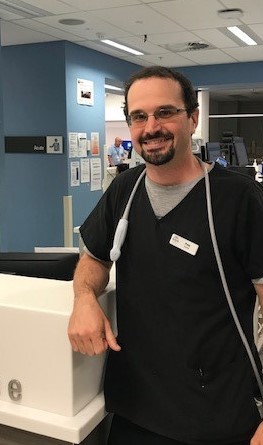Getting started in paediatric emergency medicine point‐of‐care ultrasound: Five fundamental applications
Snelling, P.J., Sept 2020. Getting started in paediatric emergency medicine point‐of‐care ultrasound: Five fundamental applications. Australasian Journal of Ultrasound in Medicine, 23(1), pp.5-9.






